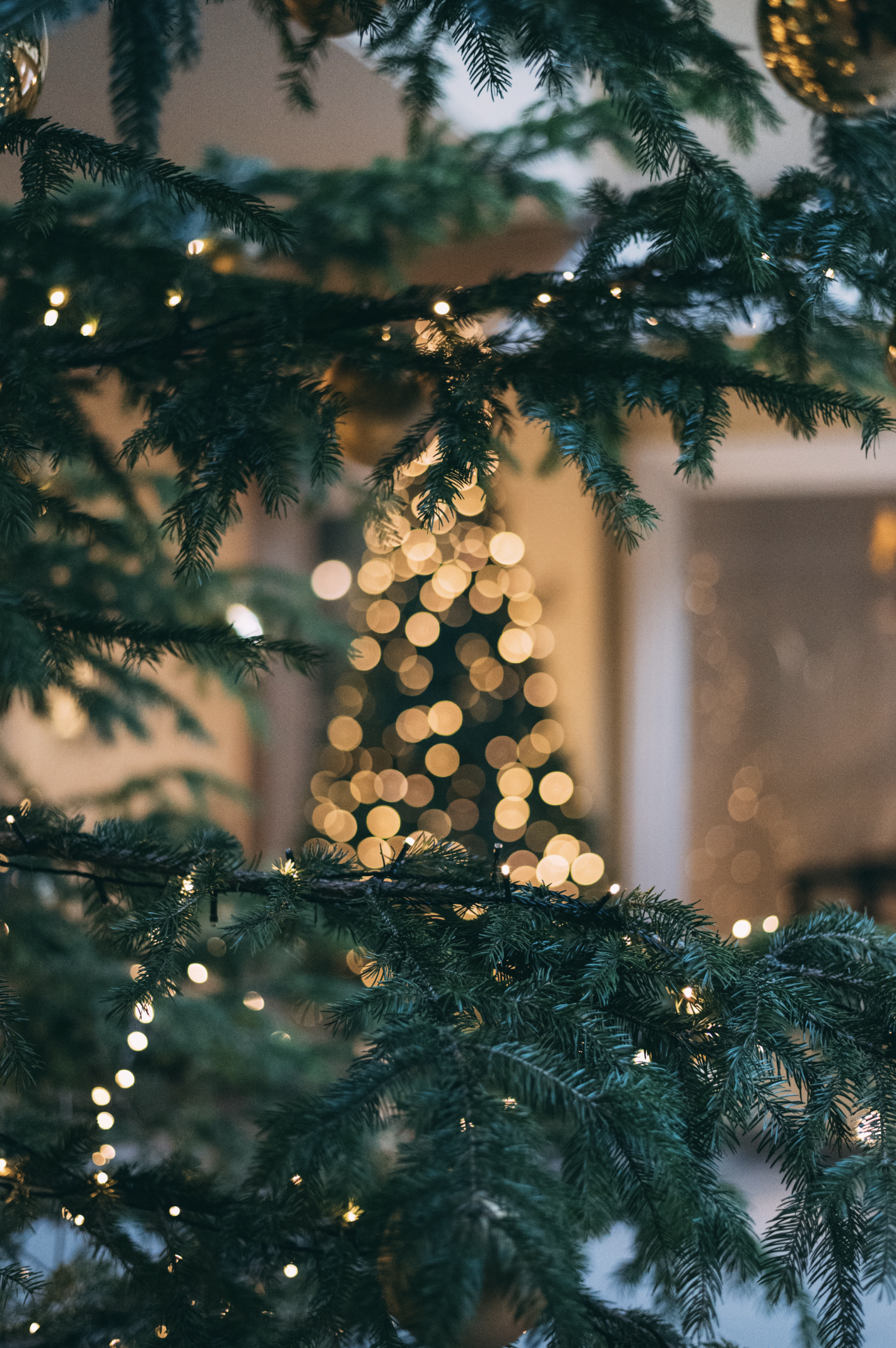As the holiday season approaches, many families face a perennial question: should they opt for a natural or an artificial Christmas tree? Beyond aesthetics and convenience, the environmental impact of this choice is increasingly under scrutiny. Let’s delve into the debate and explore which option might be better for the climate.
The Case for Natural Trees:
Natural Christmas trees are typically grown on tree farms specifically for this purpose. They absorb carbon dioxide during their growth, which helps mitigate climate change. These farms often support local economies and provide habitat for wildlife during their lifespan. Moreover, natural trees are biodegradable and can be recycled into mulch after the holidays, contributing positively to soil health.
However, the environmental impact isn’t entirely benign. Transportation of these trees to market and eventual disposal methods (like burning) can contribute to carbon emissions if not managed sustainably. Additionally, there are concerns about land use practices and pesticide usage on tree farms, though many growers are adopting more eco-friendly methods.
The Case for Artificial Trees:
Artificial trees are typically made from PVC (polyvinyl chloride), a non-biodegradable plastic derived from fossil fuels. Their production involves energy-intensive processes, and they often contain metal components which can further complicate recycling efforts. However, they offer the advantage of being reusable for several years, potentially offsetting their initial environmental footprint over time.
Proponents argue that using an artificial tree for 10 years or more can be more environmentally friendly than buying a fresh tree annually. They also eliminate the need for annual tree farming, which can reduce pressure on natural ecosystems. From a convenience standpoint, artificial trees do not shed needles, require less maintenance, and can be stored easily.
The Verdict:
Choosing the “better” option for the climate depends on various factors, including personal habits, local recycling options, and the lifespan of the artificial tree. If opting for a natural tree, sourcing locally and ensuring responsible disposal are crucial. For artificial trees, longevity and proper recycling at the end of their life cycle are key considerations.
Ultimately, the best choice might lie in finding a balance between environmental impact, personal preferences, and practical considerations. Whether natural or artificial, adopting sustainable practices such as recycling and reducing overall consumption during the holiday season can significantly mitigate the environmental impact of our festive traditions.
This holiday season, let’s reflect on how our choices—big and small—can contribute to a more sustainable future for our planet. Whether you gather around a fragrant pine or assemble a gleaming synthetic tree, may the spirit of conservation and stewardship guide us in making the season merry and green.

COMMENTS